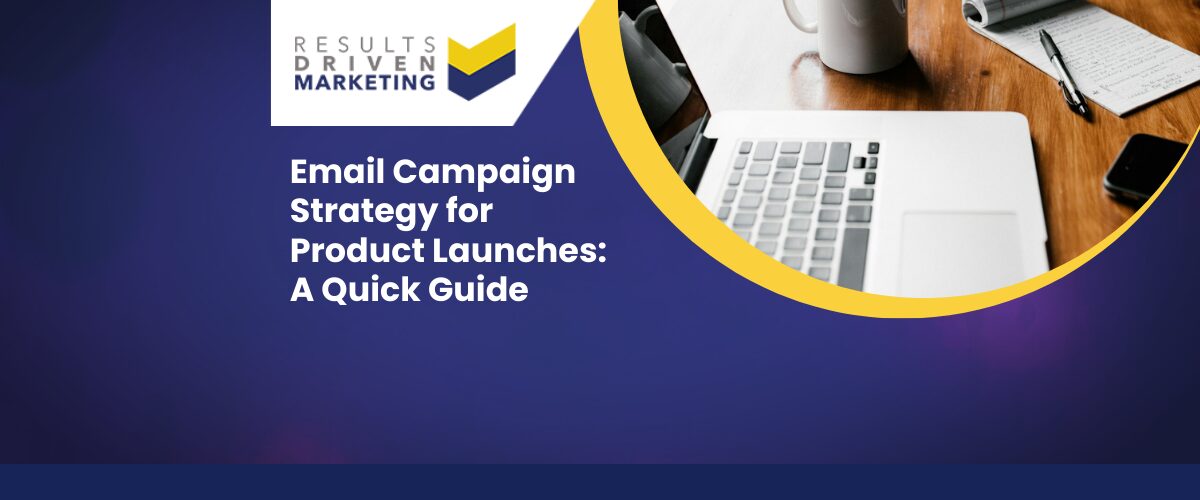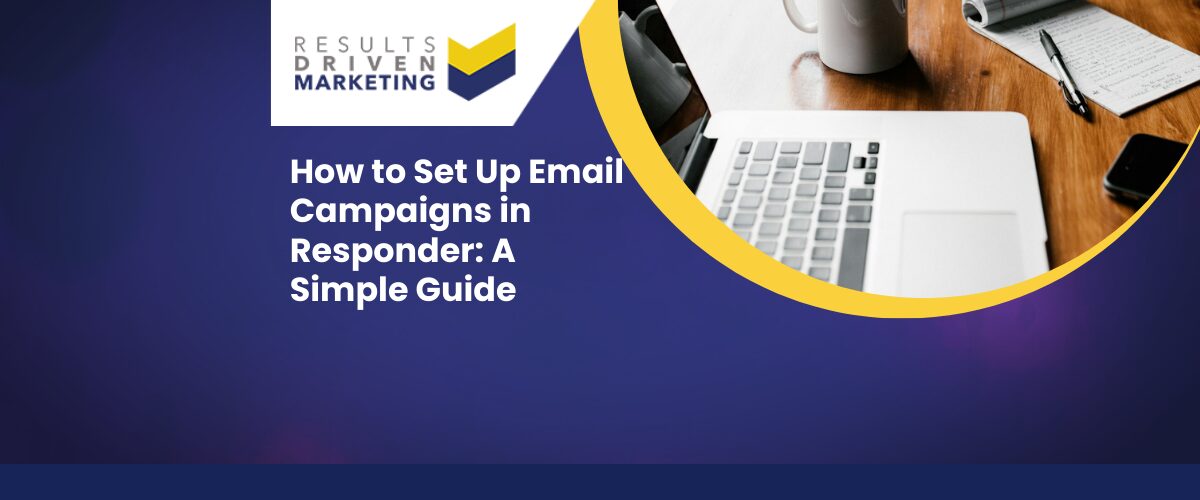
Best Time to Send Emails for B2B Marketing: What to Know
The best time to send emails for B2B marketing is one of the most common questions we hear — and one of the easiest to get wrong. Send your message too early, and it’s buried under the morning rush. Too late, and your prospect’s already switched off. For busy UK SMEs using purchased B2B data, getting the timing right can make or break your campaign.
The truth is, even the best-crafted email won’t work if it lands at the wrong time. Whether you’re sending cold outreach, nurturing leads, or following up on interest, timing plays a huge role in whether you get opened — or ignored.
In this guide, we’ll share practical, UK-specific insights to help you send smarter. You’ll learn the best days and time slots for B2B emails, how to tailor your timing by campaign type, and why testing beats guessing. Because when timing works, your message does too.
Table of contents:
Why Email Timing Still Matters in B2B Campaigns
The best time to send emails for B2B marketing isn’t just a scheduling decision — it’s a strategic advantage. Inboxes are crowded, attention spans are short, and most recipients make split-second decisions about whether to open, read, or delete.
Timing influences visibility and response
If your email lands when your prospect is overwhelmed, distracted, or just not in work mode, it’s likely to get skipped — no matter how relevant the message is. A well-timed email stands a better chance of being opened and acted on.
Open rates vs reply rates
Open rates tell you when people see your email — but reply and click-through rates tell you when they’re engaged. These don’t always align. That’s why focusing solely on opens can be misleading if your goal is lead generation.
First impressions count — especially with purchased data
If you’re reaching out to someone for the first time using a purchased B2B list, that initial message has to work hard. The right timing helps your email feel relevant, respectful, and more human — rather than just another sales blast.
The Myth of the “Perfect Time” — And Why It’s Overrated
It’s tempting to think there’s a golden hour — a perfect time when all B2B emails land like magic and inboxes turn into lead machines. But the reality is more nuanced.
No single time works for everyone
The best time to send emails for B2B marketing depends on who you’re targeting, what you’re offering, and the context of the message. A managing director at a construction firm and a marketing exec at a tech company won’t check email the same way — or at the same time.
Generic studies = generic results
Many blogs quote broad studies saying “Tuesdays at 10am” are best — but these often focus on US audiences, B2C behaviour, or massive corporate datasets. They don’t reflect the unique habits of UK SME decision-makers using desktop email during business hours.
Context beats clock-watching
The best approach? Stop chasing a universal best time and start tailoring your timing based on your audience’s role, industry, and campaign type. That’s where the real results come from.
When Are B2B Emails Most Likely to Be Opened in the UK?
Timing your emails well can give you a serious edge — but it needs to be based on real behaviour, not just guesswork. So when are UK business contacts most likely to engage?
Weekdays That Work
Generally, Tuesday to Thursday are the best performers for B2B campaigns. These are the days when inboxes are more manageable, people are settled into their work week, and decision-makers are open to new conversations.
-
Monday: Often too hectic — people are catching up and prioritising
-
Friday: Minds are already on the weekend; responses dip significantly
Best Time Slots
Across UK SMEs, two time windows consistently show higher engagement:
-
Mid-morning (10am–11:30am): After the initial inbox clean-up, but before the lunch dip
-
Early afternoon (1:30pm–3pm): A quieter time when people are back at their desks post-lunch
Avoid sending too early (pre-9am) or too late (after 4pm) unless you’re testing something specific.
UK-Specific Behaviour
Unlike US counterparts, UK business owners and directors tend to check email during structured working hours. Mobile opens do happen, but desktop is still dominant in many sectors. Timing also varies by role:
-
Directors/Owners: Check early but act later — aim mid-morning
-
Sales/Marketing staff: More active in the afternoons
-
Admin/Support roles: Higher inbox monitoring throughout the day
Cold Outreach vs Warm Campaigns: What’s the Timing Strategy?
Not all emails are created equal — and neither are their send times. The best time to send emails for B2B marketing depends heavily on the type of campaign you’re running.
Cold Outreach
For first-touch cold emails, timing is everything. Your contact doesn’t know you, so you need every advantage to improve open and reply rates.
-
Mid-morning (10am–11:30am) is ideal — inboxes are manageable, and people are alert
-
Early afternoon (1:30pm–3pm) also works well — especially for follow-ups
-
Avoid Mondays and Fridays — either too busy or too checked out
-
Follow-up tip: Send follow-ups at a different time than your initial message to test responsiveness
Cold emails benefit most from timing that feels natural and non-intrusive — like a quick professional nudge during the working day.
Warm Leads or Existing Contacts
These recipients already know who you are — so you’ve got more flexibility. That said, timing still matters.
-
Late mornings (10am–12pm) often get the best response
-
Earlier in the week (Tues/Weds) tends to outperform Thurs/Fri
-
Use engagement history (if available) to spot patterns
-
For offers or updates, try just before or after lunch to catch them during a focus window
How to Test and Optimise Your Send Times
Even with all the best advice, nothing beats real data from your own campaigns. The best time to send emails for B2B marketing is the time that works for your audience — and the only way to find it is by testing.
A/B Test Different Time Slots
Split your list and send the same email at different times (e.g., 10am vs 2pm). Over time, you’ll see clear patterns in:
-
Open rates
-
Click-throughs
-
Reply rates
-
Conversions (if tracked)
Start with weekday mid-mornings as your control, and build from there.
Use Small Batches to Reduce Risk
If you’re testing a new time or sending to a high-value list, split your data into smaller batches. This protects your sender reputation and gives you room to adapt without burning your list.
Measure What Matters
Don’t just track opens — focus on replies, meetings booked, or deals started. These are the real indicators of timing success, especially with B2B decision-makers.
Consistency Builds Trust
While testing is key, don’t jump around too much. Once you find a time that works, stick with it — it builds rhythm and reliability, especially in warm campaigns or newsletters.
Why Choose Results Driven Marketing
At Results Driven Marketing, we don’t just provide B2B data — we help you use it more effectively. Timing, targeting, and messaging all work together to drive results, and we support you across every step.
Here’s why UK SMEs choose us:
-
12+ years of experience helping businesses with B2B marketing data and outreach strategy
-
Deep understanding of UK decision-maker habits, including optimal timing for different sectors
-
Data tailored to your outreach method — whether it’s email, phone, or direct mail
-
Fully GDPR and CTPS compliant, with strict quality control
-
Sector-specific insights to help you not just send emails, but send them at the right time
-
Fast turnaround and personalised support to keep your campaigns moving
Whether you’re planning cold outreach or re-engaging warm leads, we’ll help you combine quality data with smart timing for better performance.
Looking to improve your B2B email timing and results? Contact us — we’re ready to help.
Final Thoughts: Right Message + Right Time = Better Results
The best time to send emails for B2B marketing isn’t a fixed rule — it’s a strategy you shape around your audience. Yes, mid-mornings and midweek work well. But the real power comes when you combine the right timing with the right targeting.
Your goal isn’t just to land in an inbox. It’s to be read, considered, and acted on. That means:
-
Understanding your audience’s habits
-
Testing send times across cold and warm campaigns
-
Being consistent, but flexible when needed
-
Focusing on replies and engagement — not just opens
And of course, starting with accurate, relevant data is key. Whether you’re sending your first cold email or refining a mature campaign, it pays to know who you’re emailing, and when.
Looking for data that matches your timing strategy? Explore our email lists — tailored for targeted B2B outreach.
📞 Ready to send at the right time?
Let’s talk. Contact us today for practical support and custom data advice.
Results Driven Marketing
B2B Data Experts | GDPR-Compliant | UK SME Specialists
📍 Cobalt Business Exchange, Newcastle
📞 0191 406 6399 | 🌐 rdmarketing.co.uk





